The National Assembly has just approved the investment policy for the Lao Cai - Hanoi - Hai Phong railway construction project; piloting a number of specific mechanisms and policies for the development of urban railway systems in Hanoi and Ho Chi Minh City.
Speaking with Giao Thong Newspaper, Deputy Minister of Transport Nguyen Danh Huy affirmed that these are particularly important projects for socio-economic development, contributing to the double-digit growth target in the coming term.
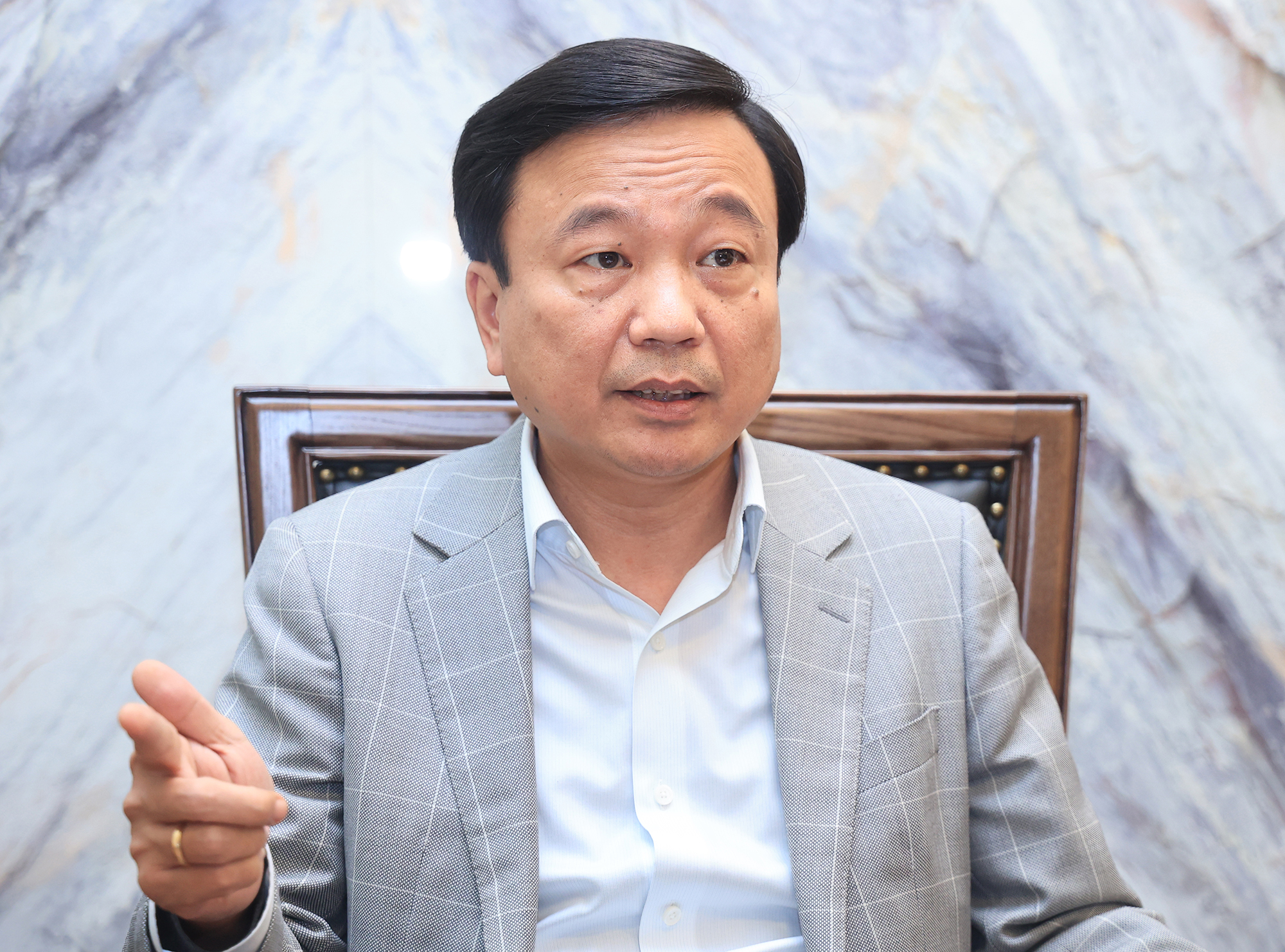
Deputy Minister of Transport Nguyen Danh Huy.
Open new development space
With the overwhelming majority of delegates voting in favor, the National Assembly passed the Resolution of the National Assembly on the investment policy for the Lao Cai - Hanoi - Hai Phong railway construction project. Can the Deputy Minister assess the effectiveness of this project?
The project's objectives have been stated very specifically in the Government's submission. However, it is possible to say more about the socio-economic impact, the project will contribute to the goal of reducing transportation costs, increasing the competitiveness of goods, restructuring the transportation market more reasonably, reducing environmental pollution, thereby increasing the country's competitiveness, ensuring sustainable development.
To achieve the goals set in railway transport development investment, the entire political system from the central to local levels must participate with the greatest determination and highest effort to implement, then the implementation will no longer be too big a challenge.
Deputy Minister Nguyen Danh Huy
The project implementation will also contribute to creating hundreds of thousands of jobs during construction and operation, creating conditions for the development of the railway and construction industry.
At the same time, the project will open up new economic development space and new resources. A very convincing example is that when the Politburo agreed on the policy, many investors discussed with us to learn about project information to invest in many industrial parks in Yen Bai.
Some opinions are concerned that the intermodal transport on the Lao Cai - Hanoi - Hai Phong route is not necessarily effective for Vietnam, but mainly serves the transport of Chinese goods transiting Vietnam and importing through Hai Phong port. What is your opinion on this issue?
We emphasize that the project investment goal always puts national interests and ethnic interests first.
In fact, when goods from any country use Vietnam's railways for transportation, Vietnam benefits from infrastructure usage fees, freight rates, logistics services and seaport services.
Therefore, Vietnam also benefits from goods transiting Vietnam to China. Vietnam is a member of the Organization for Railway Cooperation (OSJD), an intergovernmental organization for railway transport cooperation. There is a protocol on railway transport between countries to allocate this benefit.
In particular, when investing in this route, goods from Lao Cai to Hai Phong and vice versa, transported domestically through key economic zones, serve the socio-economic development of the 9 provinces and cities the route passes through, not just profit from transit goods.
Lots to do right away
According to the National Assembly Resolution, the project is implemented in the form of public investment, with capital sources including the State budget, domestic capital, foreign loans and other legal capital sources.
Some experts are concerned that dependence on lending countries may lead to delays. Could you please elaborate on this?
Experience in implementing urban railway projects using ODA loans shows that the cause is not from ODA capital or loan agreements.
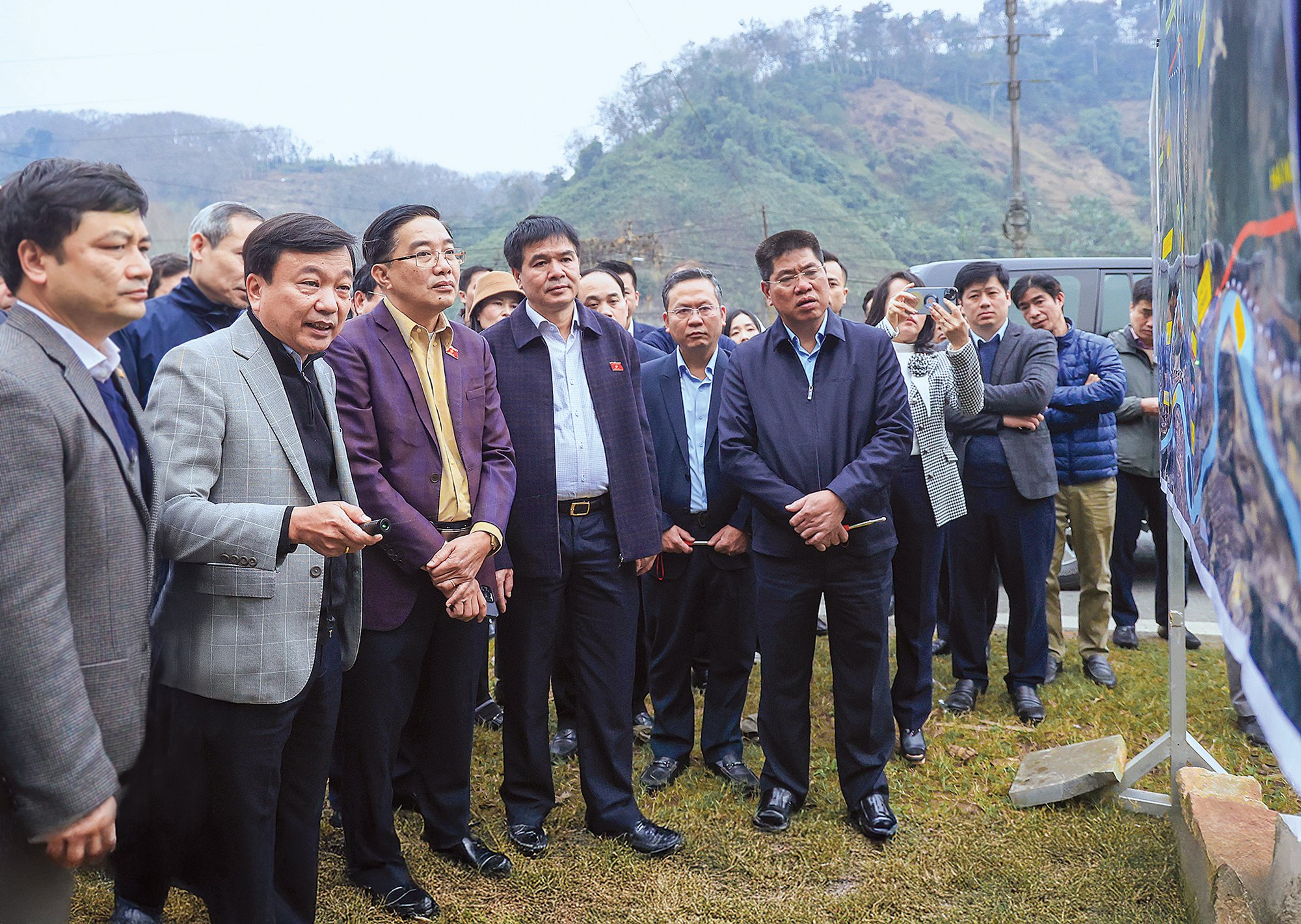
Deputy Minister of Transport Nguyen Danh Huy reports to the National Assembly delegation during a field survey of the Lao Cai - Hanoi - Hai Phong Railway Construction Investment Project on February 5. Photo: Ta Hai.
There are 3 main causes that lead to the emergence and influence of prolonged project investment implementation time.
That is, the contract is not tight, there are no provisions to adjust unforeseen situations; site clearance is slow and the implementation staff has limited capacity and lack of experience.
Therefore, in the next step of project implementation, attention must be paid to the work of developing tight contract bidding documents and the work of organization and implementation must be improved.
Regarding the Chinese government loan, Vietnamese agencies are actively discussing and working with the Chinese side to determine the loan size, interest rate and binding conditions. Based on the results of the work, specific regulations on the capital structure for the project will be considered.
The National Assembly assigned the preparation of a feasibility study report from 2025, striving to complete the project by 2030 at the latest. According to the Deputy Minister, what solutions need to be implemented immediately to ensure this progress?
The project is large-scale, with new and complex technology, and is being implemented for the first time in Vietnam.
To meet the project's construction schedule by the end of 2025 as directed by the Government, the Ministry of Transport identified this as a very challenging and stressful task.
Because normally with similar projects in the world, it takes 36 - 42 months of preparation to start construction.
Therefore, in the next implementation steps, it is necessary to hire competent international consultants to prepare bidding documents; hire legal consultants to participate in consulting during the contract negotiation process.
Due to early and remote preparation, the National Assembly Resolution clearly stated 18 specific and special mechanisms and policies to ensure the allocation of capital, construction sites, and material mines for the project; local authority, etc.
At the same time, it is necessary to perfect the organization and apparatus of the central and local levels, project management boards, consultants, and contractors.
To be able to start the project as directed by the Government, the entire political system, including the Ministry of Transport, must make maximum efforts.
Solving traffic jams, reducing pollution
At this session, the National Assembly also passed a Resolution on piloting special mechanisms and policies for urban railway development in Hanoi and Ho Chi Minh City. Could you tell us why the Ministry of Transport advised the Government to submit this draft Resolution?
The resolution was built to realize the resolutions and conclusions of the Central Committee and the Politburo, with the goal of basically completing the urban railway network by 2035.
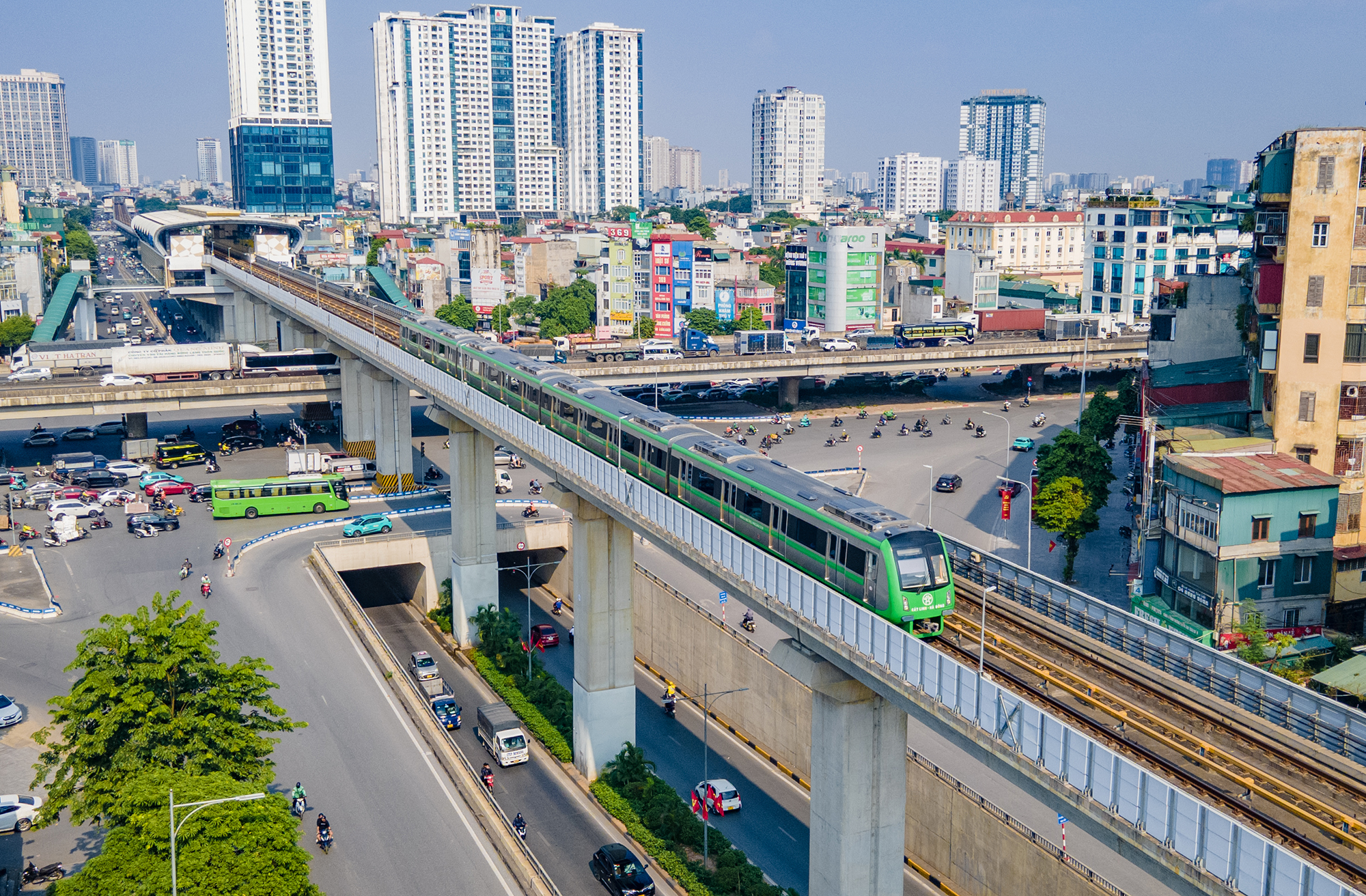
Hanoi urban railway line Cat Linh - Ha Dong.
Urban railways in Hanoi and Ho Chi Minh City began construction in 2007, but progress has been very slow.
The implementation process encountered many difficulties and problems regarding mechanisms and policies, especially regulations on investment procedures, resource mobilization and implementation organization.
Therefore, there needs to be specific mechanisms and policies to implement the goals set forth by the Politburo in Conclusion 49.
Deputy Minister, please tell us how the policy groups will address the current shortcomings?
The Ministry of Transport has evaluated and summarized the experience of the three urban railway lines Cat Linh - Ha Dong, Nhon - Hanoi Railway Station, and Ben Thanh - Suoi Tien.
At the same time, with practical experience in implementing basic construction investment projects, detecting difficulties and shortcomings, focusing on problem groups.
The first group of problems is about progress. As for the projects currently being implemented, a project takes about 13-15 years to complete, while we only have 10 more years to achieve the target set by the Politburo.
Therefore, it is necessary to have solutions to adjust legal documents to shorten the implementation procedures; promote decentralization and delegation of power so that localities can decide, act and take responsibility.
The second group is the policy to mobilize maximum resources. But where to mobilize? There must be a very flexible mechanism for the Government and localities to use all resources, budget sources, domestic loans, foreign loans, issuance of Government bonds, local government bonds, from sources of increased revenue and savings in expenditure.
We are currently building a strategy for double-digit growth in the 2026-2030 period, so input factors have not been calculated, so a flexible mechanism is needed to mobilize capital.
At the same time, according to international experience, we must exploit resources from land funds.
We keep talking about land rent differentials and transit-oriented urban development (TOD) but have not been able to do so because there are still problems in mobilizing these resources.
The third group of issues is to resolve shortcomings in the project implementation process such as construction material mines, material dumping sites; unclear decentralization and authorization; training and human resource development... There must be clear regulations for the Ministry of Transport and localities to successfully implement.
As the Deputy Minister discussed, the Resolution has policies on developing TOD models and mobilizing capital from TOD. However, with the route passing through a developed urban area, is there still room to implement these policies, Deputy Minister?
Any country when planning an urban railway system has two major goals. That is to solve the transportation needs, solve the problem of urban infrastructure overload, and prevent traffic jams; Based on the overall planning and development orientation of the city, invest in railway lines to orient urban development.
Therefore, the Resolution has designed mechanisms and policies to implement two types of projects: Projects that are only urban railway investments; Urban railway projects associated with urban development according to the TOD model.
From there, the land fund around the station will be fully exploited through planning measures, combined investment in urban railways and construction of urban areas in the station area.
Allowing planning and construction with high population density in TOD areas, cities will be able to collect and use 100% of the additional construction area costs, exploiting the increased land value... The two cities estimate that the revenue from land fund development will be about 14 billion USD.
At the same time, it contributes to restructuring and urban beautification associated with preserving and promoting culture, developing civilized and modern urban areas, solving traffic congestion and environmental pollution.
Decentralization, delegation of authority, clear completion time
Along with the high-speed railway project on the North-South axis, the investment progress of national and urban railway projects is very urgent. According to the Deputy Minister, what solutions need to be implemented immediately to meet the set progress?
These are projects of extremely important significance to socio-economic development, ensuring national defense and security, and especially the early implementation of investment projects also contributes to the double-digit growth target in the coming term.
Although the implementation is a huge challenge, we thoroughly grasp the direction of the General Secretary, Chairman of the National Assembly, Government, and Prime Minister by all solutions to resolutely organize the implementation.
First, the Ministry of Transport is advising the Government to establish a Steering Committee for railway projects (high-speed railway, urban railway, Lao Cai - Hanoi - Hai Phong railway) headed by the Prime Minister.
The Steering Committee will plan, urge implementation according to the plan and promptly remove difficulties and obstacles.
Second, the Ministry of Transport will advise the Government on the guidance on the contents stated in the National Assembly Resolution.
In addition, local People's Councils must also issue documents guiding the implementation of mechanisms, policies and specific features approved by the National Assembly.
Third, localities and the Ministry of Transport develop detailed plans for project implementation progress, clearly assigning people, tasks, time, responsibilities, and results as a basis for controlling project implementation.
Fourth, the Ministry of Transport and localities need to improve, enhance capacity, restructure and organize the apparatus of all entities participating in project implementation.
The resolutions of the National Assembly clearly state the decentralization and delegation of power so that localities decide, localities act, and localities take responsibility. As a specialized management agency, how will the Ministry of Transport accompany the two cities, Deputy Minister?
The resolution has thoroughly decentralized, creating conditions for the two cities to be proactive in implementing investment, mobilizing resources, and speeding up implementation progress.
The Ministry of Transport will coordinate with the two cities in selecting urban railway standards and regulations, promptly removing difficulties and obstacles within its authority; supporting the two cities in the implementation and acceptance process...
At the same time, the Ministry of Transport coordinated and advised the Government to issue a Decree providing detailed guidance on a number of contents related to the overall technical design (FEED); decided to issue a list of railway industrial services and goods and criteria for selecting organizations and state-owned enterprises to order the provision of railway industrial services and goods.
Thank you, Deputy Minister!
Source: https://www.baogiaothong.vn/ro-viec-ro-trach-nhiem-lam-nhanh-cac-du-an-duong-sat-192250220222914235.htm


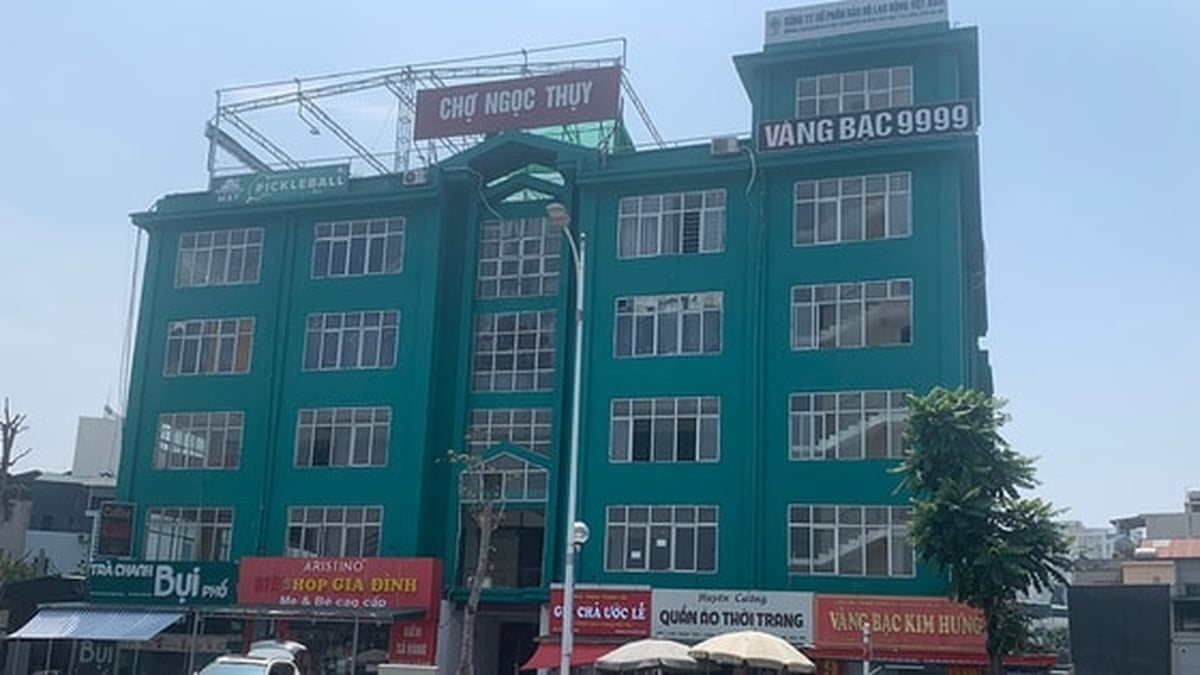


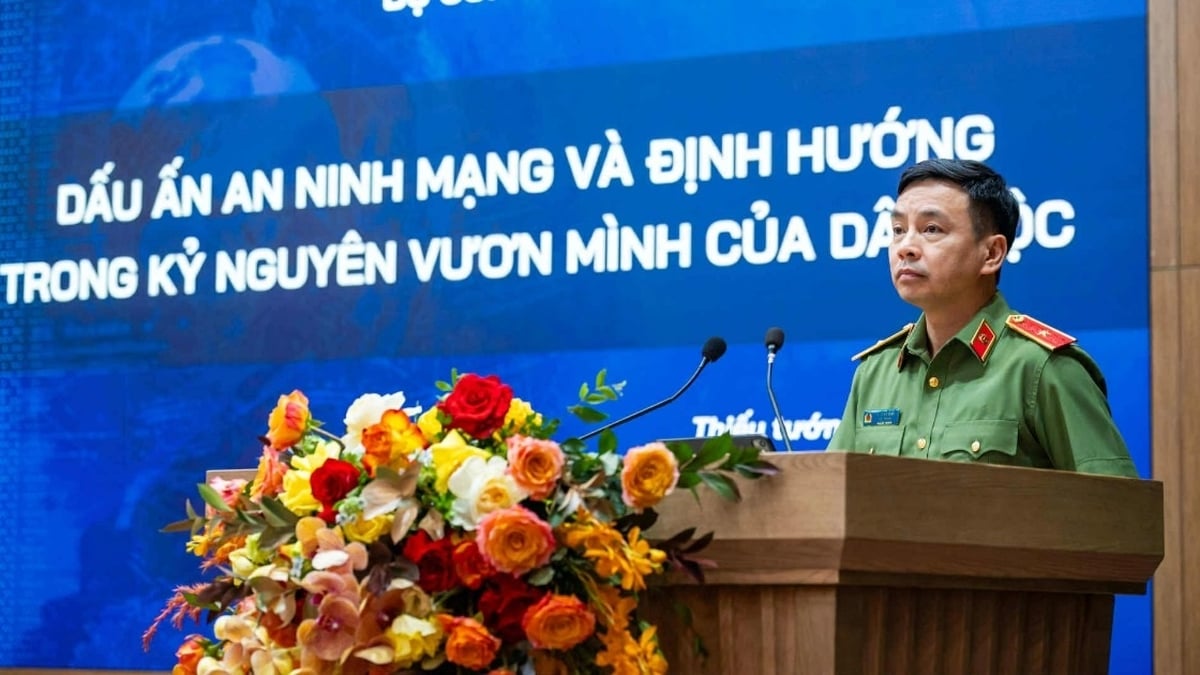

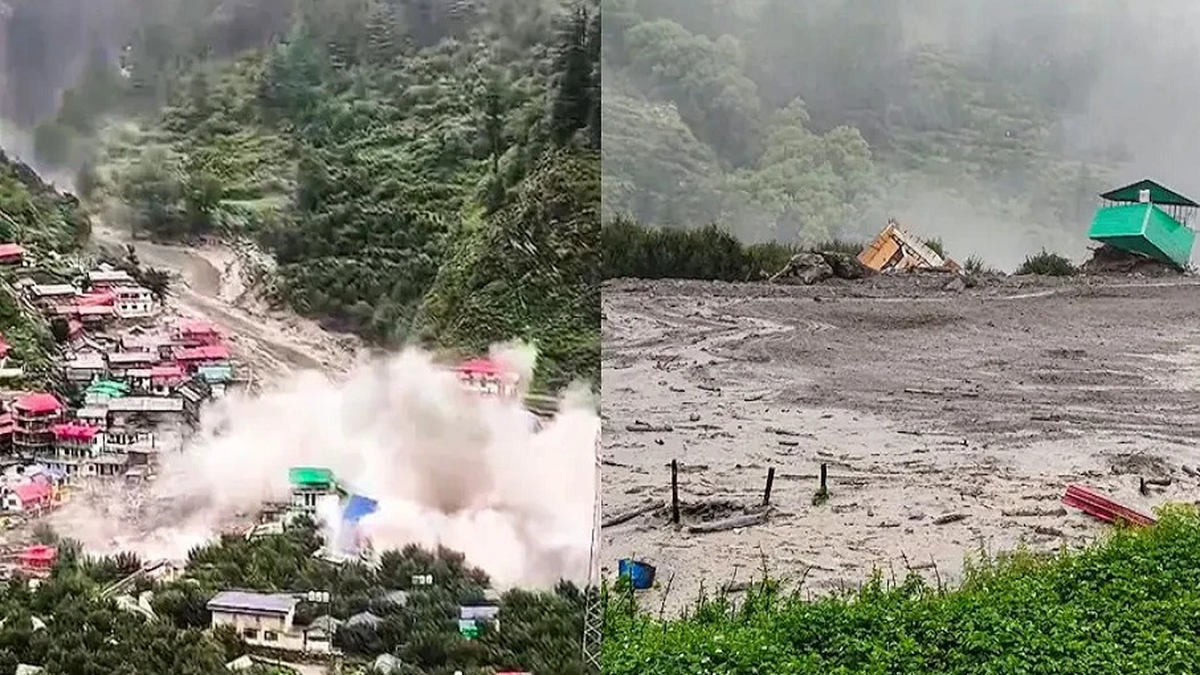
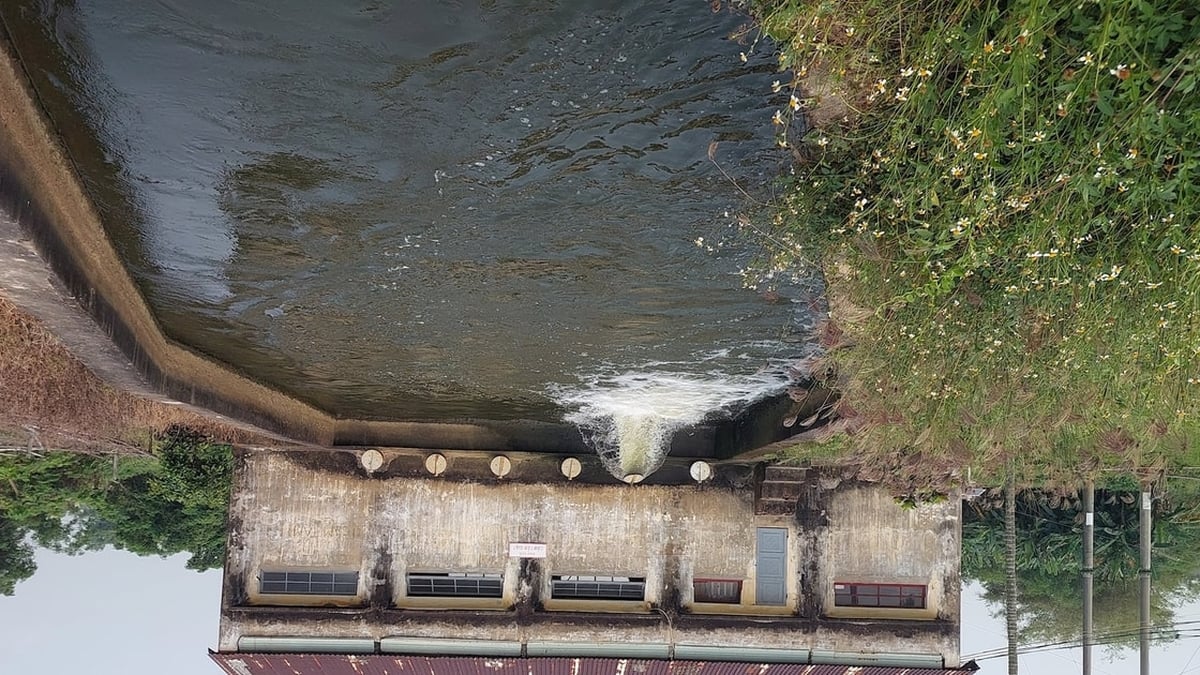
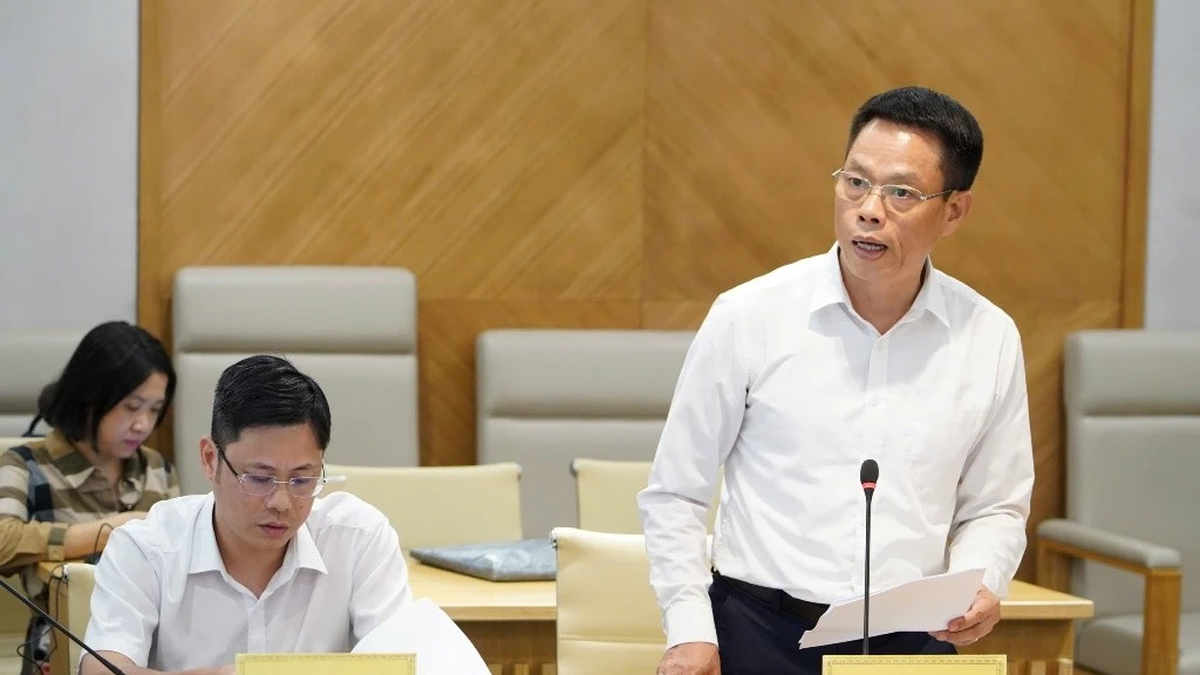

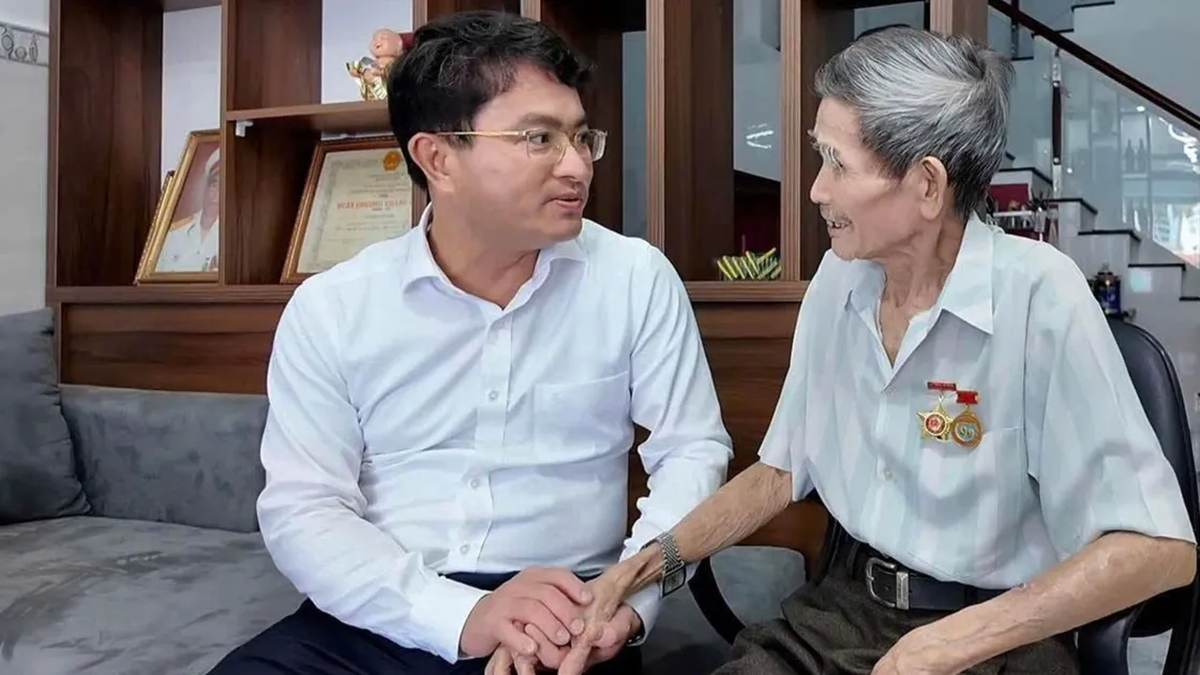













![[Photo] Nghe An: Provincial Road 543D seriously eroded due to floods](https://vphoto.vietnam.vn/thumb/1200x675/vietnam/resource/IMAGE/2025/8/5/5759d3837c26428799f6d929fa274493)










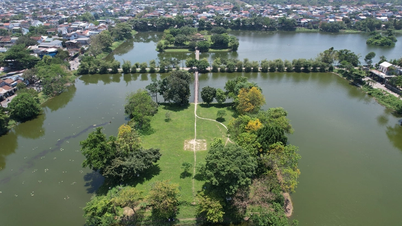
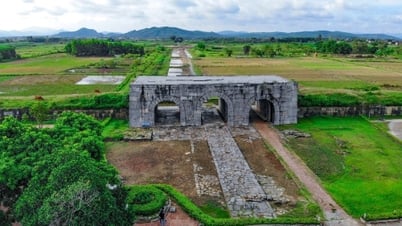

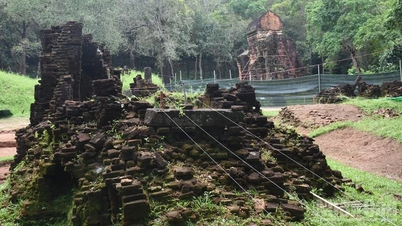










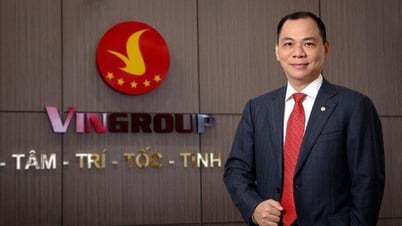



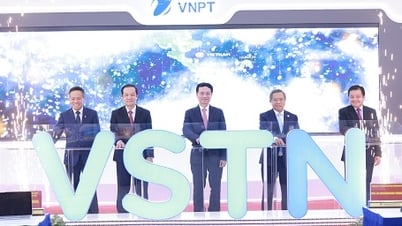

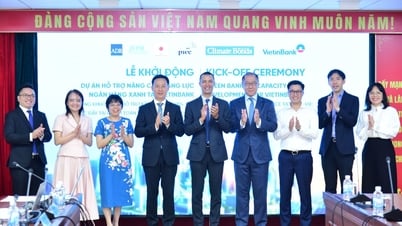
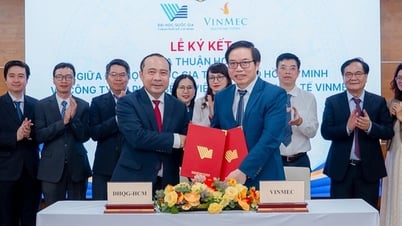

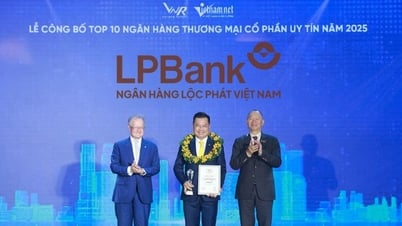
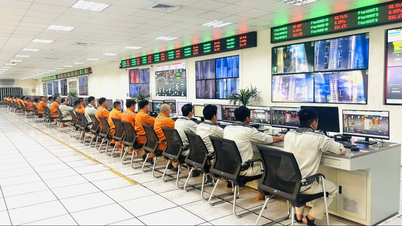




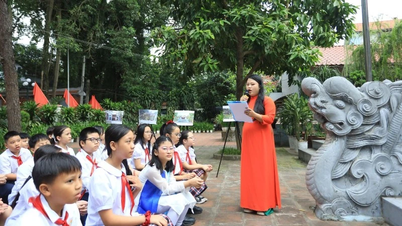


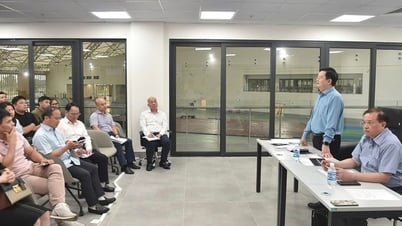

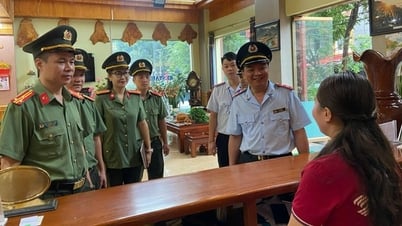

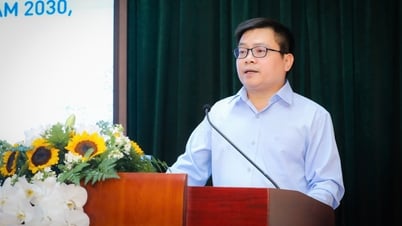























Comment (0)